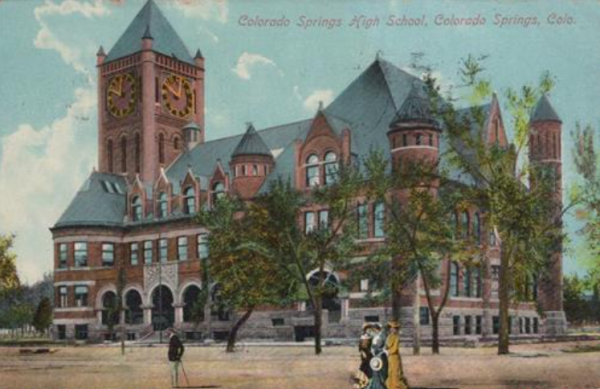Have you ever wondered how your school district is funded? Or why your school district is funded differently than others?

While public schools receive funding from a variety of sources, most of the funding to Colorado’s 178 school districts is allocated by the Public School Finance Act of 1994. This Act set up a formula that is used to determine “total program funding,” which is the amount of money a district receives from state and local sources. To see exactly how the formula might be used to determine a district’s funding, take a look at this visual example from the Colorado Department of Education. Over the past year, the Public School Finance Task Force examined the funding formula and recently published a report with their recommendations for updating the formula for the 2024-25 school year.
One crucial piece of information to plug into this funding formula is the school district’s cost of living. The Colorado Legislative Council commissions School District Cost of Living Analysis reports every two years to make sure that each district receives adequate funding. The most recent cost of living report was released in March 2024 and you can find cost of living studies from 2001 to the present in our digital repository.
The School District Cost of Living Analysis begins by determining a standardized “benchmark household.” In 2023, the benchmark household was a family of three with a total household income of $63,822; compare this to twenty years ago, when the 2003 benchmark household was a three-person family with an income of $40,000.
After the benchmark household is determined, the researchers estimate how much it would cost for that family to live in each of Colorado’s school districts. They create a list of typical purchases – things like groceries, housing costs, childcare, insurance, taxes, utilities, etc. – using data from national consumer surveys, and attribute regional costs to each item. Adding up all these costs results in the total cost of living in each school district.
The results of the most recent study show that Aspen has the highest cost of living, closely followed by other mountain resort districts like Steamboat Springs, Telluride, Eagle County, and Summit County. Denver has the sixth highest cost of living, and Boulder has the eighth. Districts in the Eastern Plains and the San Luis Valley tend to have the lowest costs of living.
These cost-of-living studies are not only useful for determining school funding but are also a great resource to track economic and social trends in Colorado. It’s fascinating to compare studies from 2003, 2013, and 2023 to get a clear snapshot of how costs for things like transportation, housing, and healthcare have changed over time, as well as how these costs vary around the state.
For more information about Colorado’s school funding, check out the many resources available from the Department of Education’s School Finance Office.
- Colorado State Parks: Rifle Falls and Rifle Gap - October 18, 2024
- How many elk are in Colorado? - October 4, 2024
- Colorado’s Governors: Edwin C. Johnson - September 20, 2024